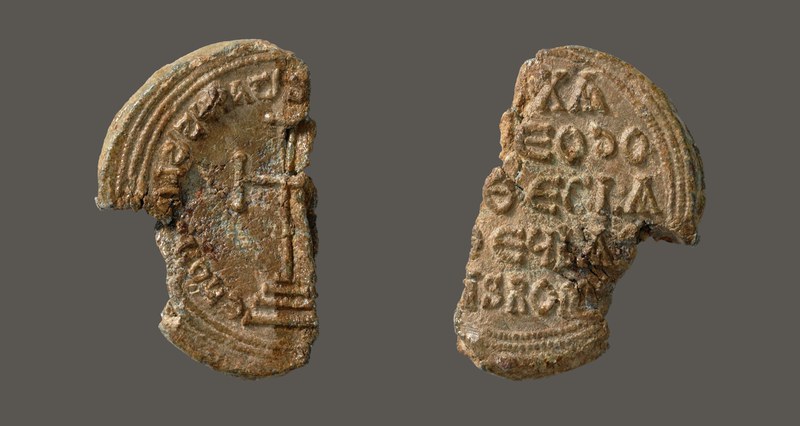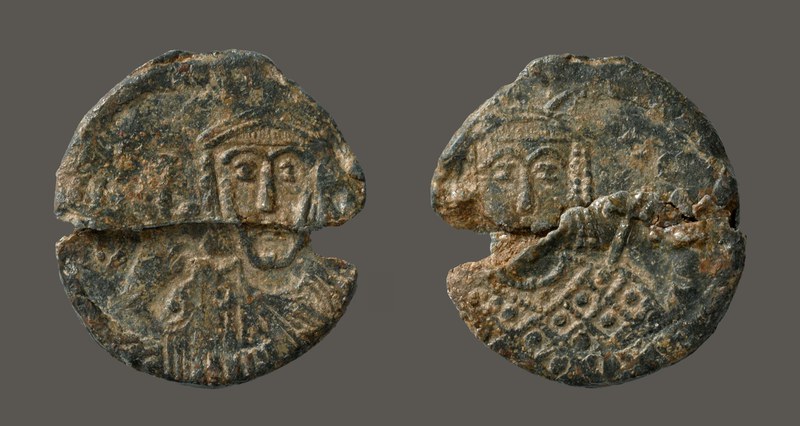
The reign of Michael is a reign of regents and advisors. Two years of age at his father’s death, his mother Theodora and the logothete tou dromou Theoktistos effectively managed the government for fourteen years. At the outset, in 843, Theodora took the definitive step of ending Iconoclasm. Spring of 856 saw a transfer of power, not to Michael, but to his uncle Bardas. Bardas served for a decade before being murdered by the future Basil I, who seized power himself a year and a half later. Whatever the strengths and weaknesses of Michael’s character and governing abilities, the quarter-century of his nominal rule witnessed a number of important events for the empire and its periphery. Byzantium enjoyed some success in military affairs: in 856 Petronas, Michael's uncle, campaigned beyond the Euphrates, and in 863 defeated ‘Umar, the emir of Melitene. The first Russian attack on Byzantium was repelled in 860. Within the diplomatic realm Byzantine cultural influence was extended well beyond the empire’s borders. Constantine-Cyril and Methodios were sent on their mission to Moravia in 863, where they created the first Slavic alphabet and the Bulgar khan Boris was baptized in 864, placing Bulgaria definitively inside the Byzantine cultural orbit.
Although the split between the Byzantine Church and the Church of Rome should have been healed by the end of Iconoclasm, the papacy was embarking on a program designed to establish the pope as the head of the Church. This ran contrary to the established practice of the rule of the five patriarchs. The resulting dispute became just one part of a larger controversy that included the legitimacy of the Patriarch of Constantinople Photios, and the insertion by the Western Church of the filioque clause into the liturgy. The so–called Photian Schism resulted in both pope and patriarch announcing the other deposed and excommunicated. In 866 Michael crowned his favorite, Basil, as co–emperor. Within a year Basil had murdered Michael, ending the Amorion dynasty.

The seals of Michael III fall into two main categories, those of his minority (842–856) and those of his majority (856–867). The regency of Theophano and Theoktistos issued two types of seal: an aniconic design, mirroring the seals of the Iconoclast emperors, in the name of Michael, his mother Theophano, and his sister Thekla, and another showing Michael, wearing a chlamys and crown and holding a labarum, on the obverse and his mother, wearing a loros and crown and holding a scepter, on the reverse. The seals of the majority of Michael III include a couple of important developments. First, while the imperial portraits maintain the standardized appearance used by the Iconoclast emperors, Christ was reintroduced on the obverse for the first time since the reign of Justinian II. And second, the latest issues (866/7, see top) include the Latin titles of imperator and rex, a measure taken in immediate response to the accusation of Pope Nicholas I, in a letter of 865, that it was ridiculous that Michael and Basil called themselves emperors of the Romans even though they did not know the language of the Romans. An early seal of Basil I would retain the Latin title, but it fairly quickly gave way first to augustus and then to the more usual Greek autokrator or basileus.
























































